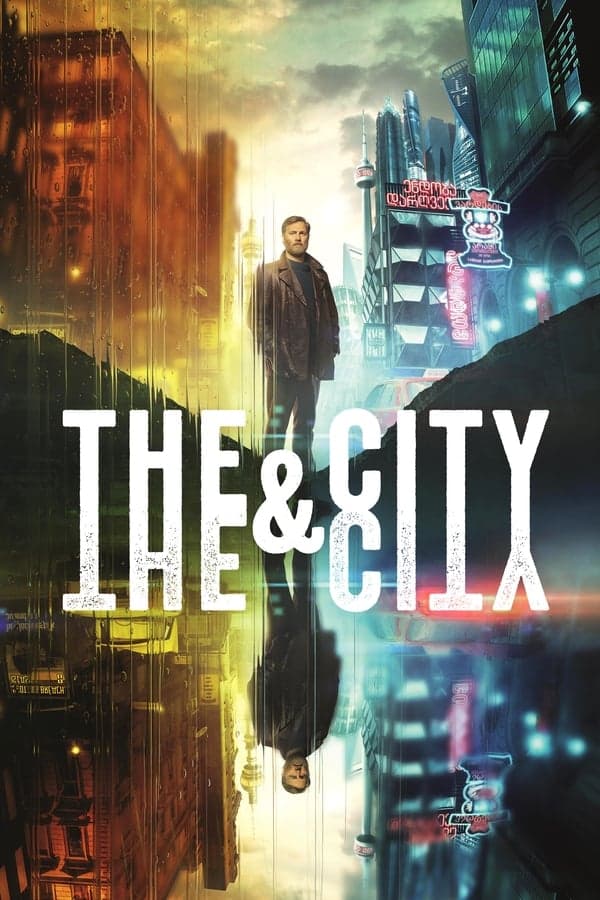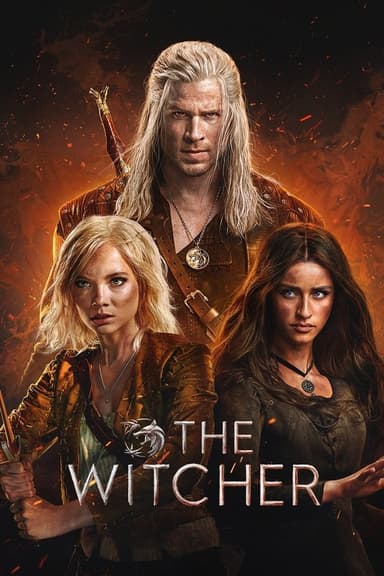
The City and the City
2018 • Crime, Drama, Sci-Fi & Fantasy
When the body of a foreign student is discovered in the streets of the down-at-heel city of Besźel, it’s just another day’s work for Inspector Tyador Borlú of the Extreme Crime Squad. But he uncovers evidence that the murdered girl came from Ul Qoma, a city that shares a dangerous and volatile relationship with Besźel, and this case will challenge everything Borlú holds dear.
Why you should read the novel
China Miéville's The City & The City is an extraordinary novel that masterfully combines noir detective storytelling with mind-bending speculative fiction. When you read the book, you're drawn into the fractured worlds of Besźel and Ul Qoma in a way television simply can't replicate, experiencing the passageways and psychological boundaries firsthand through Miéville’s vivid prose. The complex interplay between two cities occupying the same space compels deep thought on perception, culture, and the lines we draw in society.
The novel's imaginative concept encourages readers to question the very fabric of reality and the power of societal constructs, offering a richness and depth that expands beyond the plot. By immersing yourself in the original text, you unlock symbolic layers and minute details only hinted at in the visual adaptation. Miéville’s style and language challenge and reward attentive readers, making the exploration much more rewarding than a passive viewing experience.
For those who crave intellectual stimulation and the thrill of uncovering secrets at their own pace, the novel stands as the definitive version of this story. Delve into Miéville’s world and be prepared for a journey that lingers long after the final page—a literary accomplishment that both perplexes and enlightens.
Adaptation differences
One of the most significant differences between the TV mini-series and the original novel lies in the portrayal of the cities themselves. In the book, Miéville painstakingly constructs an intricate system of 'unseeing'—the social practice where residents must ignore the presence of the other city, enforced by the mysterious Breach. The psychological depth and omnipresence of this concept are almost impossible to fully realize on screen, and the TV adaptation simplifies or visualizes much of this nuanced mental discipline.
Characterization and internal monologue present another vital contrast. Inspector Tyador Borlú’s internal struggles, perceptions, and gradual emotional unraveling are intricately detailed in the novel, drawing readers intimately into his perspective. The series, dictated by visual storytelling and dialogue, tends to externalize these experiences, focusing more on procedural elements and less on Borlú's internal philosophy or the broader implications of his choices.
The TV adaptation condenses and alters several plot points and characters for pacing and clarity. Minor characters are merged or omitted, and some subplots and unique stylistic elements of Miéville’s writing are streamlined or removed altogether. This creates a more straightforward, accessible narrative, but at the cost of the book's ambiguity and richness.
Finally, the speculative and metaphorical ambiguity of the source material is less pronounced in the adaptation. While the TV series leans into noir aesthetics and dramatic action sequences, the novel’s power lies in leaving questions open, immersing readers in a reality shaped by perception and authority. The transition from page to screen inevitably loses some of these subtleties, making the adaptation an engaging but fundamentally different experience.
The City and the City inspired from
The City & The City
by China Miéville








